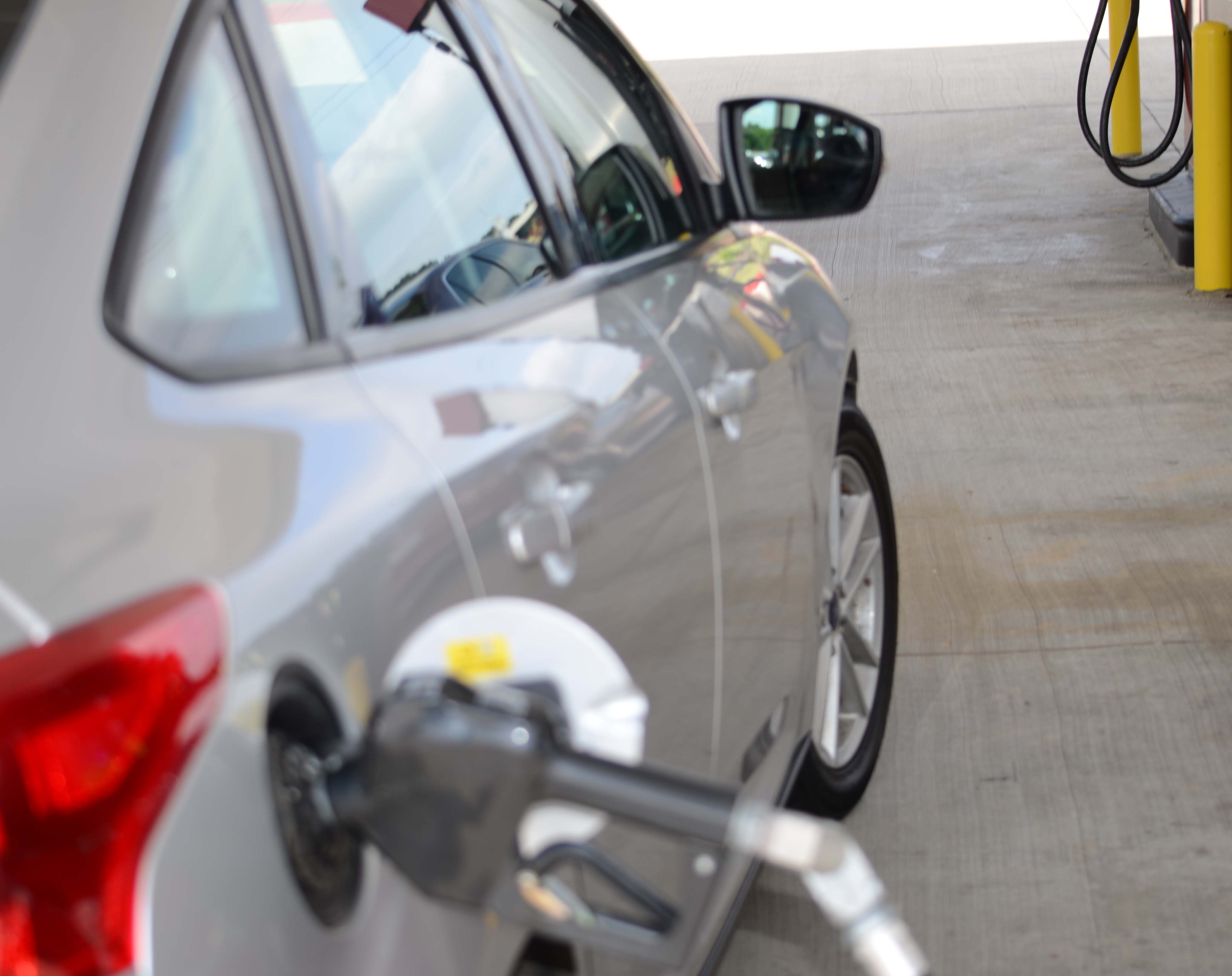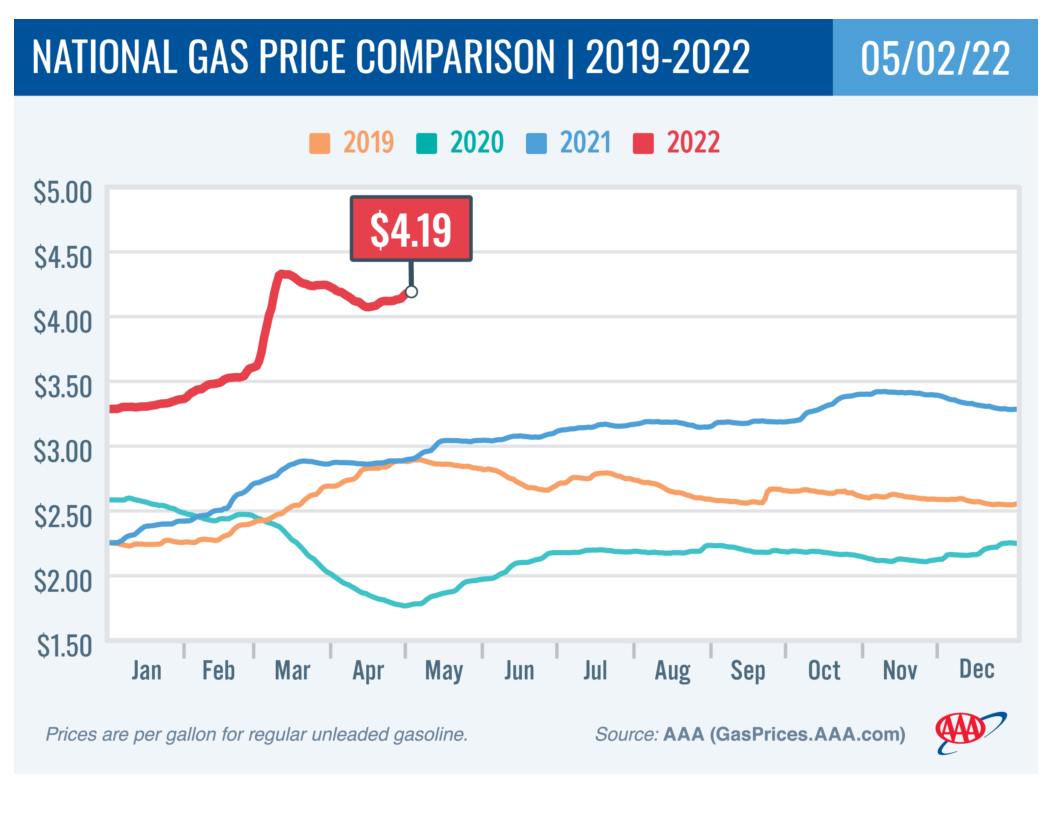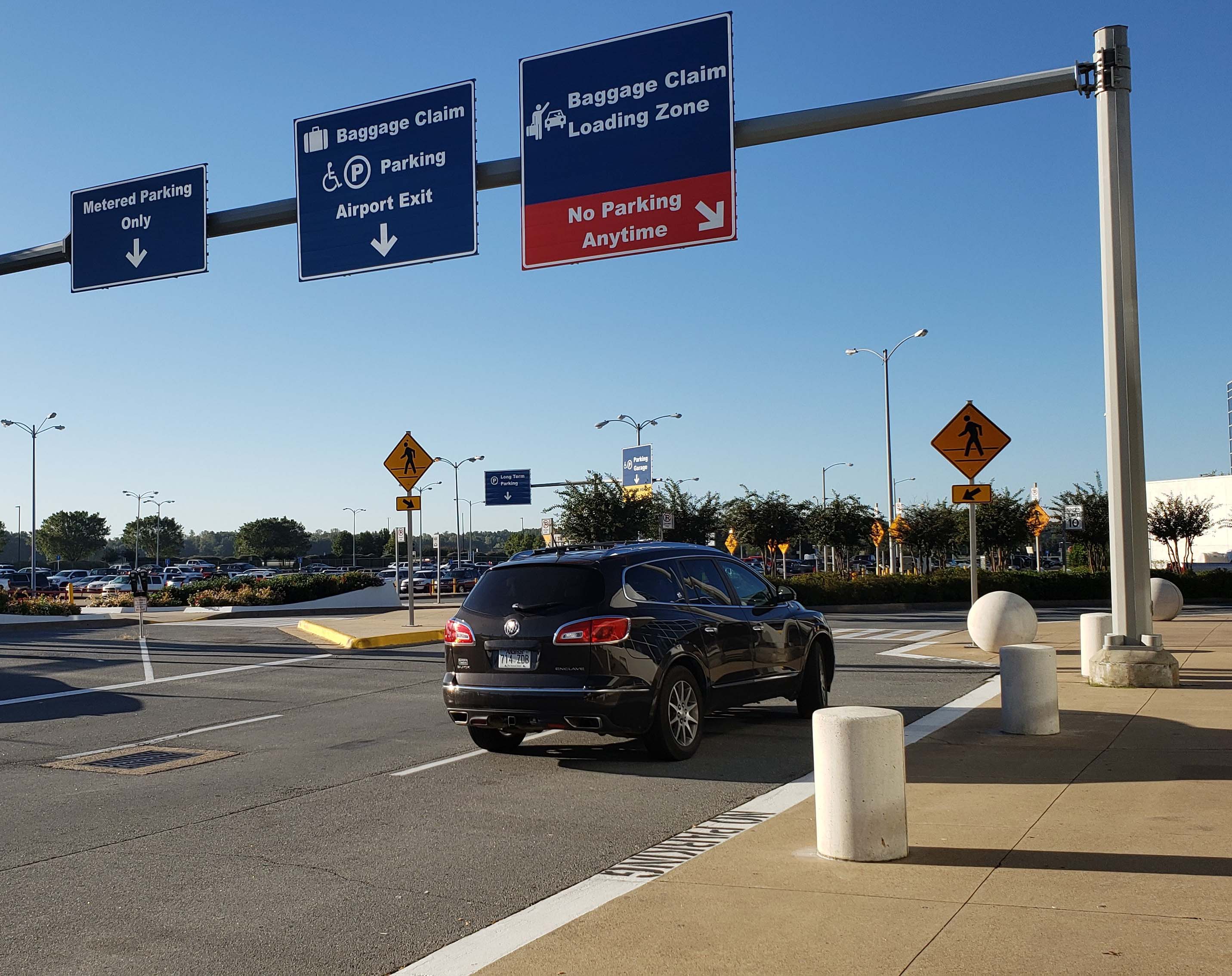Pent-up Demand Post-Pandemic restlessness seen boosting Arkansas travelers’ vacation plans
May 9-15, 2022
By Wesley Brown
As the traditional start of the nation’s summer vacation season is expected to kick off on the upcoming Memorial Day holiday with a post-pandemic boost in travel, gas prices are slowly ratcheting back up to near record levels due to $100-plus barrel crude oil.
According to AAA, formerly the American Automobile Association, pump prices rose again over the past week due primarily to the excessive cost of crude oil. Fear of a global energy supply disruption due to Russia’s invasion of Ukraine outweighs the demand concerns prompted by the impact of COVID-19 on China’s economy. The cost of a barrel of crude continues to hover around $100. With the oil price accounting for about 60% of pump prices, the national average for a gallon of regular is now $4.19, an increase of seven cents since Monday, April 25.
“As long as the supply remains tight, it will be hard for crude oil prices to fall and consumers will in turn face higher prices at the pump,” said AAA spokesman Andrew Gross. “It now costs drivers in the U.S. about $23 more to fill up than a year ago.”
According to new data from the Energy Information Administration (EIA), gasoline demand decreased slightly from 8.87 million barrels per day (b/d) to 8.74 million b/d in the past week. Although lower gas demand would typically push pump prices lower, the fluctuating oil price and tight gasoline supply have pushed consumer costs up again as crude oil remains above $100 per barrel.
At the close of last week’s formal trading session, U.S. benchmark premium West Texas Intermediate (WTI) fell 67 cents to settle at $104.69. The EIA forecasts international Brent crude will average $108 per barrel in the second quarter and $102 per barrel in the second half of 2022 with the average price falling to $93 per barrel in London. In the U.S., WTI is forecasted to rise to $97.96 per barrel in 2022 before sliding to $88.58 per barrel in 2023.
Although prices are declining due to crude demand concerns as lockdowns continue in China, crude prices gained earlier in the week after EIA’s weekly report showed that the total current supply level is approximately 16% lower than at the end of April 2021. U.S. crude inventories rose by 700,000 barrels ( bbl) to 414.4 million bbl, but supply remains tight, and the market remains highly volatile.
For the week, crude prices will likely continue to increase, AAA predicts, pushing pump prices higher as the OPEC+ cartel meets in Vienna to increase crude production to help meet global demand. As of Tuesday (May 3), the national average for a gallon of gas is $4.20, which is a penny less than a month ago, but $1.29 more than a year ago.
Five-dollar diesel fuel
Meanwhile, truckers and diesel fuel drivers saw a new average all-time high of $5.16 per gallon, surpassing the previous record of $5.15 per gallon set on March 10, according to GasBuddy, a fuel savings platform that provides gas prices down to the local level. In addition, diesel prices are now $1 per gallon higher than gasoline prices, surpassing the previous record of 98 cents set in November 2008, amid the Great Recession.
“While gasoline prices get much of the attention, diesel, which broadly is the fuel that moves the economy, has quietly surpassed its recent record high as distillate inventories, which include diesel and jet fuel, have plummeted to their lowest level in years,” said Patrick De Haan, head of petroleum analysis at GasBuddy. “Should distillate inventories fall another five million barrels, which is less than 5 percent, they will be at their lowest level in nearly 20 years, compounding the problem. There’s no quick solution as the economy has seen a robust turn around, made worse by Russia’s war on Ukraine as the West fences off Russia’s oil.”
Both diesel and gasoline prices spiked to record levels in early to mid-March, largely due to Russia’s war on Ukraine and the response via sanctions on Russian energy. The recent resurgence in diesel prices can be attributed to continued escalations in the situation and plunging inventories of oil and refined products, like diesel, along with recovering demand as goods move across the country, much of which is powered by diesel fuel in semi-trucks, trains and ships.
Diesel prices in the Northeast are likely to rise above any other region due to the loss of refining capacity from both COVID-19-induced shutdowns and a 2019 fire at the Philadelphia Energy Solutions refinery in 2019. Combined, these issues have caused the loss of nearly half a million barrels in refining capacity, said De Haan. Diesel prices are likely to remain at a substantial premium to gasoline as imbalances persist, however, refiners are likely adjusting yields to produce as much diesel and jet fuel. Economists favor production of these refined products and refiners chase the higher market value of these fuels, he said.
Across the U.S., the Natural State is still among the least expensive markets among the 50 states. Georgia leads the nation with pump prices at $3.73 for a gallon of regular unleaded, followed by Missouri ($3.77), Kansas ($3.78), Arkansas ($3.79) and Mississippi ($3.80). Oklahoma ($3.80), Kentucky ($3.82), South Carolina ($3.85), Alabama ($3.85) and Texas ($3.86) round out the top ten.
Arkansas pump prices and post-pandemic vacations
In Arkansas, pump prices in the state’s key metropolitan service areas (MSA) range from a low of $3.73 and $3.74 in Fort Smith and the Little Rock-North Little Rock areas, respectively, to the highest recorded average of $3.90 at the Arkansas/Texas state line in Texarkana. In between, Hot Springs and Jonesboro drivers are paying on average about $3.75 and $3.77 per gallon to fill up.
Drivers in Fayetteville-Rogers-Springdale MSA and Pine Bluff areas are paying $3.80 per gallon for regular unleaded, about 10 cents lower than those in the Northeast corner of the state in the West Memphis/Memphis region.
As noted, drivers choosing to fill up the tanks with a higher-grade of gasoline should expect to pay well over a dollar higher than regular unleaded. Big rig drivers and other diesel fuel users will see pump prices at a whopping $5.05 a gallon, up nearly $1.07 from a year ago, according to AAA.
The EIA, which is housed in the U.S. Energy Department, has forecasted U.S. retail gasoline will average $3.84 per gallon this summer through Labor Day weekend in September, which is up from $3.06/gal from last summer and the highest price adjusted for inflation since the summer of 2014. Retail diesel prices for the summer average $4.57 per gallon in the forecast, which would also be the highest inflation-adjusted price for the summer since 2014.
Those higher prices still are not expected to quell the pent-up post pandemic demand for many Americans to hit the road for a much-needed vacation after spending nearly two years in COVID-19 isolation.
In Arkansas, state officials celebrated National Travel and Tourism Week earlier this month to spotlight the contributions of the U.S. travel industry. Celebrated annually the first full week in May, National Travel and Tourism Week was created by Congress in 1983 to elevate the economic power of travel in the United States.
The 39th annual event arrives as the industry looks ahead to future growth and success following the challenges of the past two years. The themed national observance by the tourism and travel industry, called “Future of Travel,” also touches on the critical role that travel will play in driving economic growth and building the path forward out of the pandemic.
“Arkansas is planning for a future that will strengthen The Natural State’s tourism industry and economy,” said Stacy Hurst, secretary of the Arkansas Department of Parks, Heritage and Tourism. “This National Travel and Tourism Week, we are exploring how travel benefits our workforce, supports our local economy, fosters sustainability and innovations, and reconnects Americans to each other and the world.”
According to Hurst, Arkansas communities and welcome centers across the state are hosting giveaways and small events to celebrate travel and its impact on the state’s economy. Travelers can also share their photos and experiences exploring The Natural State. They can go to www.arkansas.com/futureoftravel to upload vacation photos for a chance to be featured on Arkansas Tourism’s social media pages and website. Travelers can also post to social media with the hashtags #VisitArkansas and #NTTW22.
“There is so much to discover in The Natural State,” said Travis Napper, director of Arkansas Tourism. “At Arkansas.com, you can view our monthly digital publication ‘Discover Arkansas,’ which highlights events, activities and trip ideas all across the state. You can also order print publications to help plan your next vacation and sign up for monthly emails that feature deals and coupons for attractions. There’s no better time to start planning your Arkansas adventure.”
Mask, vaccines and inflation
For the rest of the nation, the London-based World Travel & Tourism Council (WTTC), which represents the global Travel & Tourism sector, announced earlier this year that its latest economic model projects that U.S. travel could strongly rebound this year, reaching $2 trillion in U.S. GDP contribution and exceeding pre-pandemic levels by 6.2%.
News of the strong recovery follows steady gains in the sector during 2021 and signals the welcome comeback of one of the world’s most important economic drivers after almost two years of upheaval.
“Our latest forecast shows the recovery significantly picking up this year as infection rates subside and travelers continue benefiting from the protection offered by the vaccine and boosters,” said Julia Simpson, president and CEO of WTTC. “As travel restrictions ease and consumer confidence returns, we expect a welcome release of pent-up Travel and Tourism demand. That, together with what we hope will be a strong consumer-led economic recovery, creates a bullish outlook for the sector.”
And although there are still factors keeping people homebound or undecided about summer vacations, including the aforementioned higher gas prices and inflation, COVID-19 is having less of an impact on travel plans, according to Portland, Ore.-based Vacasa, one of the nation’s top online vacation rental platforms.
In a recent survey on summer travel trends, Vacasa reported that people aren’t flip-flopping on their desire to travel despite some reluctance about higher costs and possible COVID-19 related travel complications. In a joint study with Allison+Partners that surveyed 1,001 individuals over the age of 18 in the U.S., 63% of Americans revealed they plan to get away this summer, which is a slight jump from the 59% who planned to do so in 2021. Another 85% of summer travelers report plans to vacation more frequently this summer compared to last, the survey said.
Approximately three in four travelers (74%) are planning to keep their summer trips within the U.S., while 26% of travelers are planning international trips this year. When it comes to what international locales are attracting tourists, it’s almost evenly split between Canada and/or Mexico and countries further abroad.
For most Americans, Fourth of July is still the most popular summer holiday weekend for travel this year with nearly half of U.S. travelers (46%) planning to go somewhere, followed by the upcoming Memorial Day (31%) later this month and Labor Day (25%) in early September, which signals the end of the vacation season.
Still, those deciding to take a trip this summer should expect some complications related to inflation and the ongoing pandemic. For travelers seeking to hit the road, every cost imaginable from fast food to hotel lodging is near or close to all-time highs, according to the U.S Bureau of Labor Statistics’ monthly Consumer Price Index (CPI).
For example, gas prices and travel costs in March were the largest contributors to the monthly and yearly inflation gains. Nationwide, the CPI increased 1.2% in March, while the highly watched “all items” index for the past 12 months rose a robust 8.5%. The gasoline index spiked 18.3% in March and has jumped a massive 48% for the year, accounting for over half the all items monthly gain, according to the U.S. Bureau of Labor Statistics.
The transportation index, which includes airline fares, rose 2.2% for the month and 7.7% for the year. The food away from home and full-service meal indexes also rose 0.3% and 0.7% in March, respectively. The index for lodging away from home also rose 3.3% over the month.
Meanwhile, according to the latest U.S. Department of Transportation (DOT) monthly Air Travel Consumer Report, the COVID-19 pandemic continued to result in significant changes to airline schedules and operations through the end of February.
The DOT said there were 496,531 flights operated in February 2022, which is 87.9% of the 564,614 flights operated in pre-pandemic February 2019. Year-over-year, operated flights were up 50.5% from the 329,969 flights operated in February 2021 but down 6% month-over-month from the 528,070 flights operated in January 2022.
And there’s the pesky COVID-19 vaccination requirements for airlines that the Biden Administration has kept in place for two years running now. On April 13, Airlines for America’s (A4A) President and CEO Nicholas E. Calio urged Health and Human Services Sec. Xavier Becerra and CDC Director Rochelle Walensky in a letter to end the pre-departure testing requirements for international air travel and to end the federal mask mandate in light of data and science supported by today’s public health environment.
“The public health environment has changed dramatically since those requirements were put into place, in large part due to the Administration’s success in getting our population vaccinated. Hospitalizations and deaths have been falling since mid-January despite a recent uptick in cases in certain cities,” wrote Calio. “Pre-departure testing is no longer an effective measure in protecting the United States from COVID-19. This requirement provides little health benefit, yet discourages travel by imposing an additional cost, as well as a fear of being stranded overseas.”
Calio also asked Walensky to end the administration’s mask requirement at airports and on domestic and international flights, noting the CDC has already determined that over 99% of the U.S. population no longer needs to wear masks indoors.
“It is very difficult to understand why masks are still required on airplanes, but not needed in crowded bars and restaurants; in packed sports arenas; in schools full of children; or at large indoor political gatherings,” said Calio. “Simply put, an extension of the mask mandate does not make sense.”
Although AAA has not released its annual Memorial Day travel forecast, this year’s numbers are expected to exceed the past two years. In 2021, AAA predicted more than 37 million people took a vacation at the end of May, a huge 60% increase from the summer of 2020.
However, most of that travel occurred on jam-packed U.S. highways, which are experiencing traffic tie-ups nationwide due to states spending billions of dollars on new highway and bridge construction from the recent $1.2 trillion infrastructure bill passed by Congress in November.
In Arkansas, summer travelers passing through the state will face numerous construction zones, including the ongoing $1 billion-plus 30 Crossing project in downtown Little Rock to replace the Arkansas River bridge and reconstruct six new lanes in both directions to alleviate urban-to-suburban traffic congestion.
Photo Captions:
1. Despite U.S. pump prices over $4.20 per gallon, millions of Americans are expected to kick off the upcoming vacation season on Memorial Day weekend. Last year, there were 37 million Americans hit the roads after a big dropoff in 2020 at the height of the COVID-19 pandemic.
2. Gas prices in Arkansas are among the least expensive states at $3.85 per gallon for regular unleaded. Those prices are still $1.25 above year ago levels.
3. With the oil price accounting for about 60% of pump prices, the national average for a gallon of regular is now $4.20, an increase of eight cents since Monday. U.S. diesel prices recently have touch record highs and will be well over $5 a gallon this summer, which could further erode supply chain and transporation and shipping logistics.
4. AAA Travel booking data shows that reservations for flights, rental cars, cruises, and hotels for Memorial Day are up 122% over last year. The best time to purchase airfare is about two weeks before Memorial Day with travelers paying an average of $445 per ticket.






